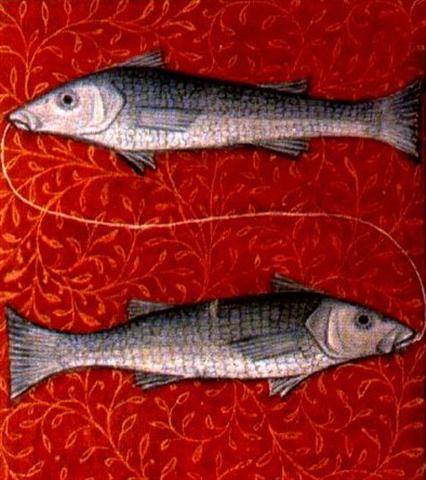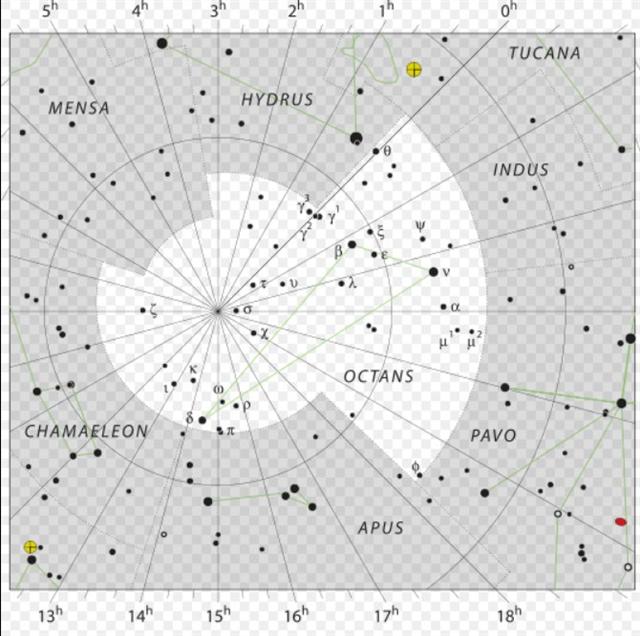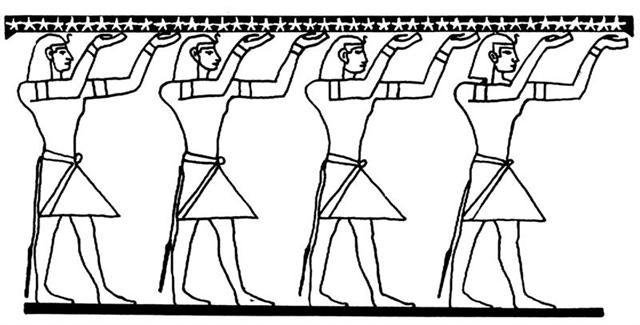|
THE D
TABLET
Where do we stand? The beginning of the text could be with October 27 (day 300 counted from January 1). The dates in the Gregorian calendar do not change as time goes by, but the fixed stars which adorns the 4 corners of 'the earth' - viz. the equinoxes and the solstices - will gradually move ahead because of the precession which moves these corners. ... Far away, the Mangaians of old (Austral Islands, Polynesia), who kept the precessional clock running instead of switching over to 'signs', claim that only at the evening of the solstitial days can spirits enter heaven, the inhabitants of the northern parts of the island at one solstice, the dwellers in the south at the other ... Considering the fact that the crossroads of ecliptic and Galaxy are crisis-resistant, that is, not concerned with the Precession, the reader may want to know why the Mangaians thought they could go to heaven only on the two solstitial days. Because, in order to 'change trains' comfortably, the constellations that serve as 'gates' to the Milky Way must 'stand' upon the 'earth', meaning that they must rise heliacally either at the equinoxes or at the solstices. The Galaxy is a very broad highway, but even so there must have been some bitter millenia when neither gate was directly available any longer, the one hanging in midair, the other having turned into a submarine entrance ... For example was Fomalhaut (the Mouth of the Fish) in Piscis Austrinus (Piscis Notius) succeeded by another Mouth of the Fish, viz. the rather faint star Fum-al-samakah in the constellation of the Fishes (Pisces):
Day 63 (9 weeks) seems to have been used in the rongorongo texts to indicate the last day of the previous equinoctial year, cfr e.g. Gb8-30 (471 = 365 + 107) which was at MARCH 20 (*364). 79 - 63 = 16 could correspond to the duration until the relevant stars returned to visibility (the anciently used method).
The above suggests the reason for the pair of 'Fish Mouths' (Fomalhaut and Fum-al-Samakah) was not the precession but might rather be the difference between the year with 364.0 nights and the daytime year with 365¼ days. ... Another name for Mercury was Hermes and Hermes Trismegisthos (thrice-mighty) could have referred to the fact that there were 3.141 * 115.88 = 364.0 days for the cycle of the Earth around the Sun. Although the calendar has 365 days for a year this is due to the fact that the Earth has to turn around an extra day in order to compensate for how the direction to the Sun changes during a year ...
And the Pope Gregory XIII had decided to use March 21 (day *365) and not March 20 (*364). ... Ecclesiastically, the equinox is reckoned to be on 21 March (even though the equinox occurs, astronomically speaking, on 20 March in most years) ... I guess the D text has located Fomalhaut and Fum-al-Samakah in the corresponding places in the first line on side b of the tablet:
There are 16 glyphs in line Db1 and the change in head from Db1-1 to Db2-1 could suggest a return to visibility (light) late in the night sky (ragi) at March 17.
The idea of a Rogo figure in day 432 (= 80 + *352) could have originated from Berossos, who had 432,000 years as his sum:
There are 66 glyphs in the first half of side a of the tablet and we will find March 5 (65) at location 126 + 5 = 131 = 2 * (65 + ½) → day 265 = autumn equinox in September 22 → 7-22 → π. Anciently time was determined by the Moon and the stars. Therefore autumn equinox in day 265 could have been used in order to point out the place 200 days earlier as the beginning of the summer year. Whereas in the Golden Age of the Bull they instead could have counted with 300 days of summer from MARCH 5, marked with the eye-catching head at Gb8-15. MARCH 5 ↔ May 8 (128 = 64 + 64, *48):
And then the first 4 days in March could have been related to the ancient 'sky proppers' (Mayan Bacabob): ... Among the multitude of gods worshipped by these people [the Maya] were four whom they called by the name Bacab. These were, they say, four brothers placed by God when he created the world at its four corners to sustain the heavens lest they fall . . In the ms. Ritual of the Bacabs, the cantul kuob [the suffix '-ob' indicates plural], cantul bacabob, the four gods, the four bacabs, occur constantly in the incantations, with the four colors, four directions, and their various names and offices ...
|
||||||||||||||||||||||||||||||||||||||||||||||||||||||||||||||||||||||||||||||||||||||||||||||||||||||||||||||||||||||||||||||||||||||||||||||||||||||||||||||||||||||||||||||||||||||||||||||||||||||||||||||||||||||||||||||||||||||||||||||||






